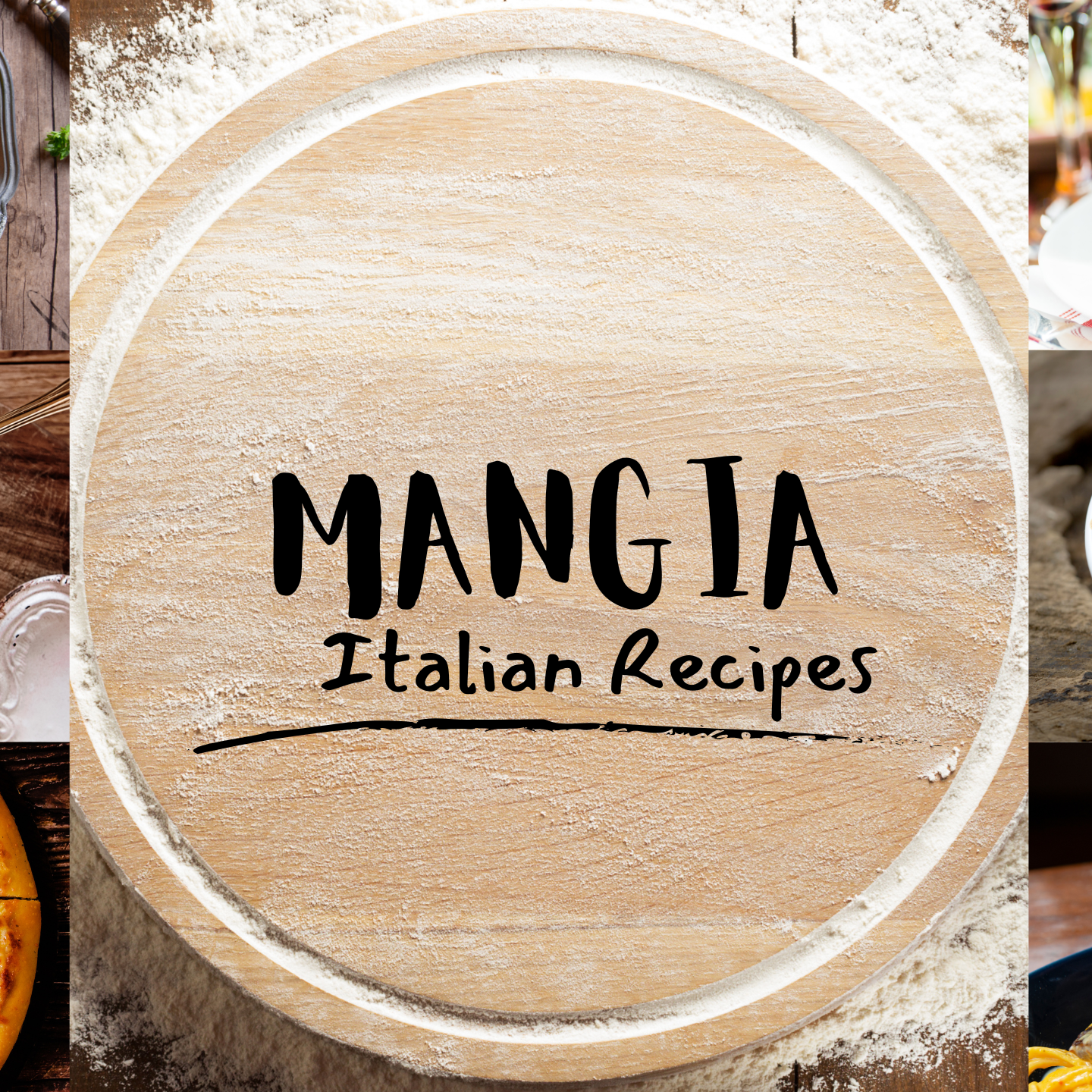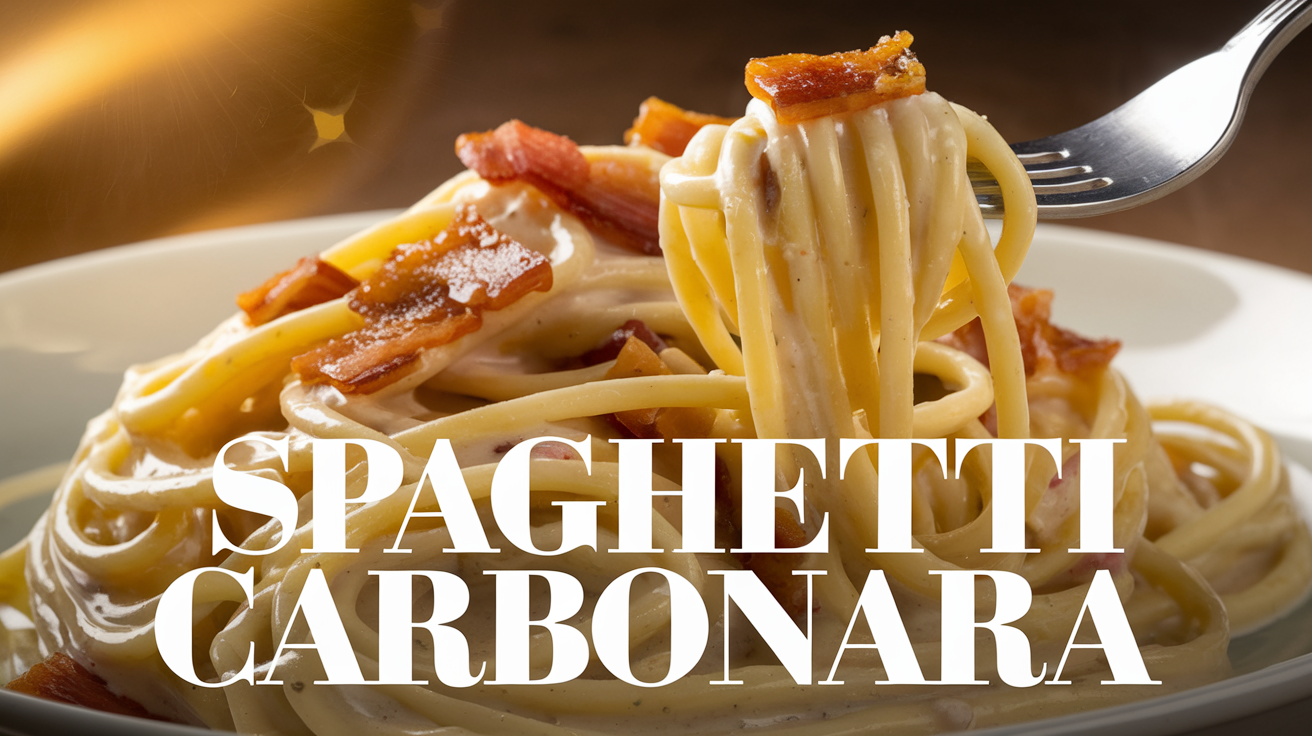In the world of culinary delights, few dishes inspire as much passion as a perfectly crafted Italian pasta sauce. The rich, vibrant flavors that dance on your palate aren’t just the result of a good recipe—they’re born from time-honored traditions and techniques that have been perfected over generations. Today, we’re unlocking the secrets that transform an ordinary tomato sauce into a masterpiece worthy of the finest Italian kitchens.
The Foundation: It All Begins with Tomatoes
Ask any Italian chef about the secret to an exceptional pasta sauce, and their answer will be unanimous: the tomatoes. Not just any tomatoes—but those that capture the essence of sun-ripened perfection.
“Without the right tomatoes, even the best recipe can fall flat,” as Italian culinary wisdom teaches us. The quality of these ruby-red gems is non-negotiable, forming the very soul of your sauce.
The San Marzano Difference
When it comes to authentic Italian sauce, San Marzano tomatoes reign supreme. These aren’t just ordinary tomatoes—they’re cultivated in the volcanic soil near Mount Vesuvius, where the unique mineral composition creates the perfect balance of sweetness and acidity.
What makes them special:
- Less water content, resulting in a thicker, richer sauce
- Perfect sweet-tart balance
- Meaty texture that breaks down beautifully during cooking
For those who can’t source San Marzanos, plum tomatoes make an excellent alternative. Their lower water content concentrates the flavor, giving your sauce that robust character that’s distinctly Italian.
Selecting Perfect Tomatoes: A Sensory Experience
Choosing tomatoes for your sauce should engage multiple senses:
- Visual inspection: Look for tomatoes that are vibrant in color, firm, and free from wrinkles or bruises. The skin should appear smooth and tight.
- Touch test: A gentle squeeze should reveal firmness with just a slight give—indicating perfect ripeness.
- Weight consideration: Ripe tomatoes feel heavy for their size, signaling juicy flesh packed with flavor.
- Aroma check: The stem should emit a sweet, earthy scent. Remember: if it doesn’t smell like anything, it likely won’t taste like much either.
The Magic of Soffritto: Building Layers of Flavor
Behind every extraordinary Italian sauce lies a humble yet powerful foundation: soffritto. This aromatic blend of finely chopped onions, carrots, and celery is the unsung hero that elevates your sauce from good to magnificent.
The secret? Patience. Cooking soffritto slowly over low heat transforms these simple vegetables into a complex flavor base as they caramelize and release their natural sweetness. The onions become translucent, almost melting into the pot, while the carrots and celery soften to infuse the sauce with depth and complexity.
This isn’t just cooking—it’s alchemy.
Herbs and Spices: The Soul of Your Sauce
The aromatic profile of an authentic Italian sauce comes from a carefully balanced quartet of herbs and spices:
- Basil: With its sweet, slightly peppery notes, basil is the crowning glory of Italian sauces. Add it at the end of cooking to preserve its fresh, aromatic qualities.
- Oregano: This herb contributes earthy warmth that complements the acidity of tomatoes.
- Garlic: Providing the perfect zing, garlic should enhance—never overpower—the other flavors.
- Bay leaves: These add a subtle, almost minty background note that ties everything together.
Remember the Italian approach to seasoning: herbs and spices should complement the tomatoes, not compete with them. It’s all about balance and harmony.
The Art of Slow Cooking: Where Patience Becomes Flavor
In our fast-paced world, the true secret to Italian sauce stands in defiant contrast: time. The slow simmering process is where individual ingredients surrender their distinct identities and meld into something greater than the sum of their parts.
As your sauce gently bubbles away, several transformations occur:
- Tomatoes break down into a velvety base, releasing their natural sugars
- The soffritto infuses the sauce with its savory essence
- Herbs and spices distribute their aromatic compounds throughout
- Excess liquid evaporates, concentrating flavors and creating that perfect texture
This isn’t just cooking—it’s a meditation. Each stir of the wooden spoon, each taste test, each moment of patience brings you closer to pasta sauce perfection.
Finishing Touches: From Good to Extraordinary
The final moments of sauce-making are where good cooks become great ones. These small but significant adjustments can elevate your sauce to restaurant quality:
- Balance the acidity: A pinch of sugar can tame excessive tartness
- Add depth: A splash of red wine vinegar introduces complexity
- Enrich the texture: A drizzle of high-quality olive oil creates luxurious mouthfeel
- Introduce umami: A sprinkle of Parmesan cheese adds savory notes and subtle saltiness
- Fresh finish: Torn basil leaves provide a burst of color and aromatic freshness
The Versatility of Perfect Sauce
The beauty of mastering Italian pasta sauce lies in its versatility. Once you’ve created this flavorful foundation, the possibilities are endless:
- Pair it with various pasta shapes—each one holds the sauce differently
- Add proteins like sausage or pancetta for a heartier version
- Incorporate vegetables for added texture and nutrition
- Use it as a base for more complex dishes like lasagna or eggplant parmigiana
Your Journey to Sauce Mastery
Creating authentic Italian pasta sauce isn’t just about following instructions—it’s about embracing a philosophy. It’s understanding that extraordinary flavor comes from quality ingredients, time-honored techniques, and above all, patience.
So the next time you prepare pasta sauce, remember that you’re not just cooking—you’re participating in a culinary tradition that has brought joy to countless tables for generations. As they say in Italy: “Buon appetito!”



